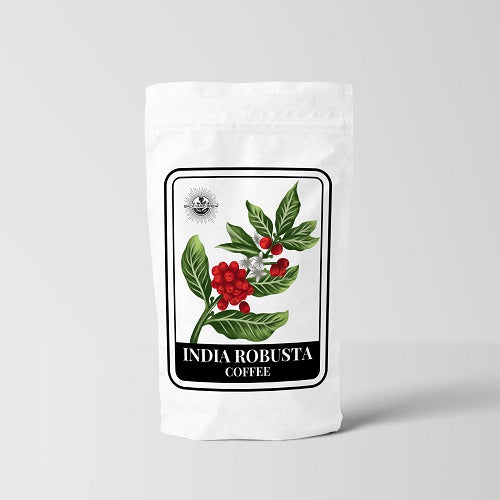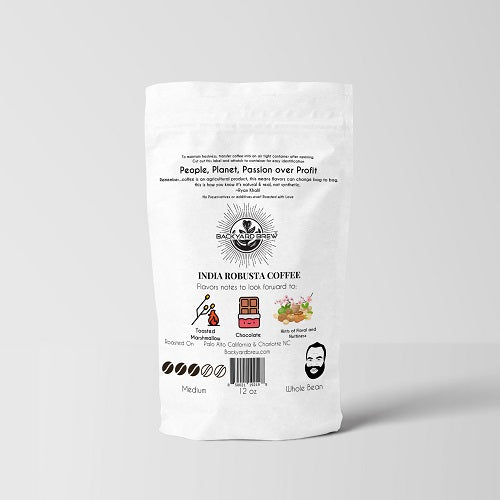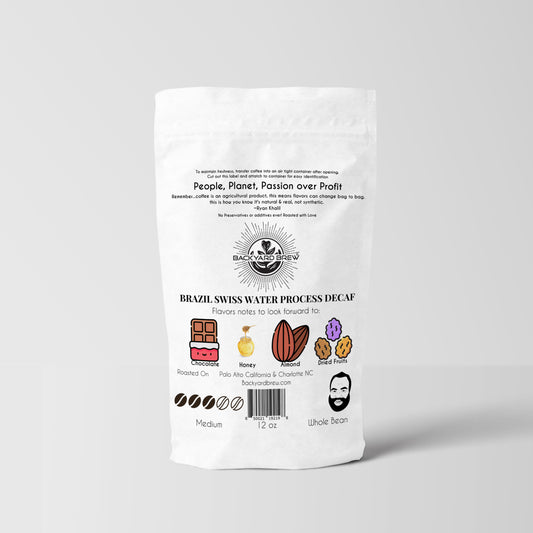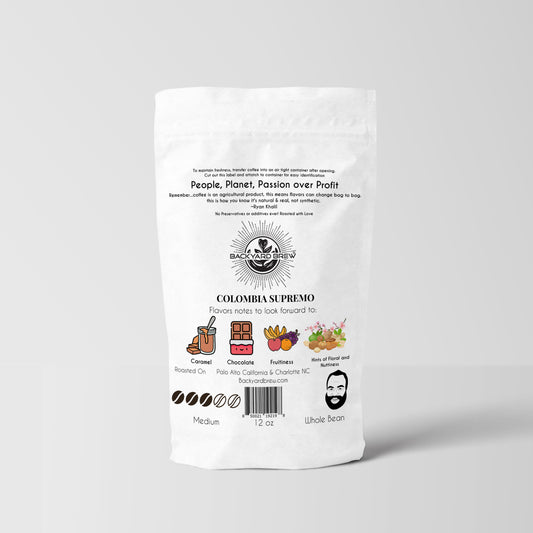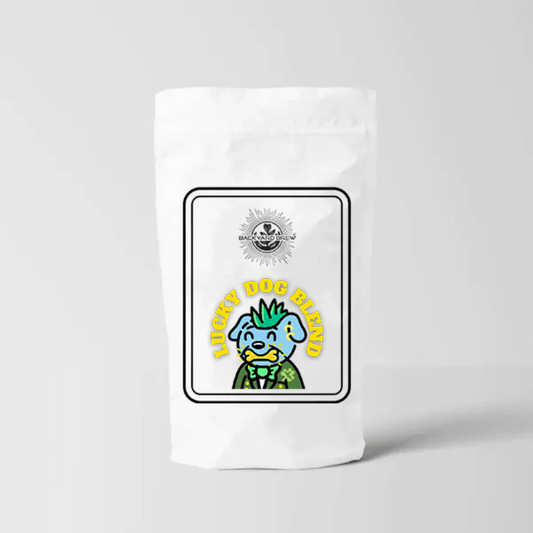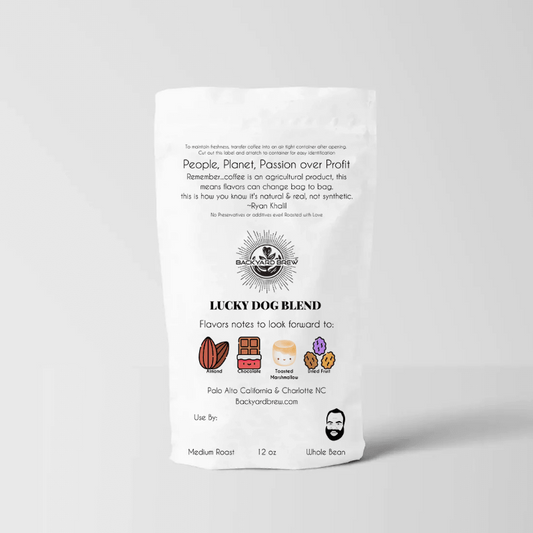Understanding Caffeine Levels in Tea Types
Related Product
Subscribe
Table of Contents
Tea is one of the most consumed beverages in the world. Many people love it because how it gives a kick and alerts the mind. This is because tea has caffeine. And many tea drinkers are curious about its caffeine content, especially those comparing it to coffee or monitoring their daily intake. You should know that the caffeine levels in tea leaves can vary depending on factors like the type of tea, how it's processed, and even how it's brewed.
Want to know how much caffeine is in your favorite tea? If so, you’re at the right place… Because we’re about to caffeine levels in different tea varieties, what influences those differences, and how you can choose the right tea based on your caffeine needs or preferences.
Caffeine Levels in Different Tea Types
Although all true teas come from the same plant, Camellia sinensis, the amount of caffeine in each type can vary. This variation is influenced by the tea processing method, the part of the leaf used, and the brewing methods. Here’s a breakdown of the typical caffeine levels you can expect from each major tea category.
-
White Tea
-
Average caffeine content: 15–30 mg per 8 oz cup
White tea is the least processed of all the true teas, made from young buds and leaves that are simply withered and dried. It’s usually thought to be the lowest in caffeine, but this isn’t always the case. Some high-quality white teas like Silver Needle can contain caffeine levels comparable to green tea because it has higher concentration of young leaf tips, which naturally contain more caffeine.
Why it's usually lower: Minimal processing and the use of immature leaves tend to result in a milder brew with lower caffeine levels.
-
Green Tea
-
Average caffeine content: 20–45 mg per 8 oz cup
Green tea is steamed or pan-fired shortly after harvest to prevent oxidation. This helps preserve its vibrant color, antioxidants, and a modest amount of caffeine. Popular varieties like Sencha, Dragon Well, and Gyokuro vary widely in caffeine. For example, Gyokuro is shade-grown, which boosts caffeine levels significantly, sometimes up to 60 mg per cup.
Why it varies: Shading increases theanine and caffeine content, while different leaf grades and processing techniques also play a role.
-
Oolong Tea
-
Average caffeine content: 30–50 mg per 8 oz cup
Oolong tea is partially oxidized, sitting between green and black tea in terms of processing and flavor. It offers a moderate caffeine level and a wide range of taste profiles, from floral and light to rich and roasted. Traditional oolongs like Tie Guan Yin or Da Hong Pao can have caffeine contents closer to that of black tea depending on oxidation and roasting levels.
Why it's in the middle: The semi-oxidation process helps retain a balance of stimulating and calming properties.
-
Black Tea
-
Average caffeine content: 40–70 mg per 8 oz cup
Black tea is fully oxidized with a bold flavor and higher caffeine content. Common varieties include Assam, Darjeeling, Ceylon, and blends like English Breakfast or Earl Grey. Because it's usually brewed stronger and with hotter water, black tea is said to contain the most caffeine among traditional tea types.
Why it's higher: The oxidation process increases the availability of caffeine in the leaf, and brewing methods often maximize extraction.
-
Pu-erh Tea
-
Average caffeine content: 30–70 mg per 8 oz cup
Pu-erh is a fermented tea that can be raw (sheng) or ripe (shou), and its caffeine content depends heavily on its age and processing. Young sheng pu-erh can be quite stimulating. On the other hand, older or shou pu-erh tends to be smoother and less intense in effect.
Why it varies: Fermentation can reduce perceived caffeine strength over time, but raw pu-erh can still pack a punch.
-
Matcha (Powdered Green Tea)
-
Average caffeine content: 60–80 mg per 8 oz serving
Matcha is unique because you consume the entire powdered leaf rather than just an infusion. This means you're ingesting significantly more caffeine than with traditional steeped tea. A ceremonial-grade matcha can match or even exceed the caffeine content of a cup of coffee.
Why it's highest: You brew the whole leaf, not just an extract. This results in a potent, fast-acting energy lift.
Caffeine levels in tea differ based on the type, processing, and how it's brewed. Understanding these differences helps you choose the best tea for your needs. From mellow white tea to energizing matcha, there’s a perfect brew for every moment and every lifestyle. You just need to do a little research to find it.
|
Different Teas and Their Caffeine Levels |
|
|
Tea Type |
Caffeine Content (per 8 oz) |
|
Matcha |
60–80 mg |
|
Black Tea |
40–70 mg |
|
Pu-erh Tea |
30–70 mg |
|
Oolong Tea |
30–50 mg |
|
Green Tea |
20–45 mg |
|
White Tea |
15–30 mg |
|
Herbal Tea |
0 mg |
Does Herbal Tea Contain Caffeine?
Herbal tea does not contain caffeine. Unlike true teas from the Camellia sinensis plant, herbal teas are made from herbs, flowers, fruits, or roots like chamomile, peppermint, or hibiscus. They are naturally caffeine-free. This makes them an amazing choice for relaxation, hydration, and evening consumption without affecting sleep or causing stimulation.
Why Caffeine Matters in Tea Consumption?
Caffeine plays a major role in how we experience tea sipping. After all, it influences everything from energy levels and alertness to how our body reacts to different types of tea. Understanding the caffeine content in your cup can help you make smarter choices based on your lifestyle, health needs, and even the time of day you’re drinking it. Here’s how tea impacts your sipping routine:
-
Energy and Alertness
Caffeine is a natural stimulant that affects the central nervous system. While tea contains less caffeine than coffee, it still offers enough to help improve focus and reduce fatigue. And most people feel jittery after hiving tea. For many, tea provides a gentler, more sustained energy boost.
-
Impact on Sleep Patterns
The timing of your tea consumption matters. Drinking high-caffeine teas like black or matcha in the evening can interfere with sleep quality, especially if you're sensitive to stimulants. Knowing which teas are lower in caffeine (such as white or herbal tea) helps you enjoy your evening ritual without sacrificing rest.
-
Health and Sensitivity Concerns
Some individuals are more sensitive to caffeine due to genetics, medical conditions, or medications. High caffeine intake may cause symptoms like anxiety, digestive discomfort, or increased heart rate. Being aware of how much caffeine is in your tea can help avoid these side effects and support overall wellness.
-
Daily Caffeine Limits
Health authorities like the FDA suggest limiting caffeine intake to around 400 mg per day for most adults. Since caffeine adds up across all sources, tea, coffee, chocolate, energy drinks, knowing how much your favorite teas contribute can help you stay within safe limits.
Whether a morning pick-me-up, an afternoon boost, or a relaxing evening brew, the caffeine content in tea can guide your choice. For instance, black tea is a great energizer, while green or oolong teas offer moderate stimulation, and white teas provide the mildest effects.
Do brewing methods impact tea caffeine levels?
Tea brewing methods can significantly impact caffeine levels in them. Factors like water temperature, steeping time, and the amount of tea used can increase or decrease caffeine extraction. Hotter water and longer steeping times generally release more caffeine. Meanwhile, cooler, shorter infusions result in a milder, lower-caffeine cup.
Steeping Time and Temperature
These are two of the biggest factors in caffeine extraction. Hotter water and longer steeping allow more caffeine to be released from the tea leaves.
-
Longer steeping = more caffeine: A 5-minute steep will usually yield more caffeine than a quick 1–2 minute infusion.
-
Hotter water = higher caffeine: Black and pu-erh teas, which are brewed with boiling water, often release more caffeine than green or white teas brewed at lower temperatures.
If you're sensitive to caffeine, try reducing steeping time and using cooler water, especially for green or white teas.
Leaf-to-Water Ratio
The amount of tea leaves used relative to the volume of water (known as the leaf-to-water ratio) directly affects caffeine concentration.
-
More leaves = more caffeine: Doubling the amount of tea leaves will naturally increase the caffeine in your cup.
-
Smaller servings with concentrated tea (like gongfu-style brewing) can produce strong, caffeine-rich infusions even with short steeping times.
Use a digital scale or spoon to measure your tea consistently, especially if you're monitoring caffeine intake.
Loose Leaf vs Tea Bags
The form of tea you use, loose leaf or tea bag, also influences caffeine levels. Here is how it does it:
-
Tea bags often contain finely broken tea leaves or "dust," which have a larger surface area. This leads to faster and higher caffeine extraction.
-
Loose leaf tea usually contains whole or larger leaf pieces, resulting in a slower, more gradual release of caffeine.
If you're looking to control caffeine more precisely, loose leaf tea offers greater flexibility in leaf size and quantity.
From temperature to timing and the type of tea used, brewing methods can make a noticeable difference in caffeine content. Small adjustments can help tailor your tea experience, whether you're seeking an energy boost or a calming cup.
Which Tea is Best for a Quick Energy Boost?
For a quick energy boost, matcha is the best choice. It delivers a high caffeine dose since you consume the whole leaf in powdered form. Black tea is also effective due to its robust caffeine content and bold flavor. Both offer mental alertness, with matcha providing longer-lasting energy thanks to its combination of caffeine and L-theanine.
Which Tea is Best to Relax and Unwind?
White tea or green tea are great options for relaxation due to their lower caffeine levels and higher L-theanine content, which promotes calm without drowsiness. For zero caffeine, opt for herbal teas like chamomile, lavender, or rooibos. These are naturally caffeine-free and often used to reduce stress, improve mood, and support restful sleep.
Is High Caffeine Tea Bad for Health?
High caffeine tea isn’t inherently bad for health when consumed in moderation. In fact, it can improve focus and metabolism. However, excessive intake may cause insomnia, anxiety, or digestive discomfort, especially in sensitive individuals. Stick to recommended limits (no more than 400 mg caffeine daily) and listen to your body’s response to avoid negative effects.
Risks of Excessive Caffeine Intake
While moderate caffeine consumption is generally safe for most people, excessive intake—especially from high-caffeine teas like matcha or strong black teas—can lead to:
-
Insomnia or poor sleep quality
-
Increased heart rate or blood pressure
-
Nervousness, restlessness, or anxiety
-
Stomach irritation or acid reflux
-
Dependency and withdrawal symptoms
Those with certain medical conditions (e.g., heart issues, anxiety disorders, acid reflux) or pregnant individuals may need to limit caffeine intake more strictly.
Can Tea in Caffeine Healthy?
Caffeine in tea can be beneficial when consumed in reasonable amounts. It may:
-
Enhance focus, alertness, and cognitive function
-
Boost metabolism and support fat burning
-
Improve physical performance and stamina
-
Act as a mild mood enhancer
Tea also contains L-theanine, an amino acid that balances caffeine’s stimulating effects by promoting relaxation without drowsiness. This unique combination in tea offers a smoother, more sustained energy boost compared to coffee.
How Much Caffeine is Too Much?
Health authorities like the FDA recommend limiting caffeine to 400 mg per day for healthy adults. To put this in context:
-
A cup of black tea may contain 40–70 mg
-
A serving of matcha can have 60–80 mg or more
It’s better to not exceed these quantities when sipping on your favorite tea. Please note that black tea and match are used as a standard because they have the highest caffeine amounts among all teas. Anyway, drinking multiple high-caffeine teas daily can add up quickly so make sure you monitor your consumption.
Conclusion
All true teas have caffeine. Some have less and some have more. If you have come reading till here, you must know that the caffeine levels vary depending on the type of teas, their processing methods, and brewing techniques. Black tea and matcha are great if you need a kick. Meanwhile, green teas and white teas have relatively less caffeine and help soothe the mind. Being mindful of caffeine content helps you enjoy the benefits of tea without overconsumption. Choose your tea based on your energy needs, time of day, and personal tolerance. With the right pick, tea becomes both a pleasure and a wellness ally.

